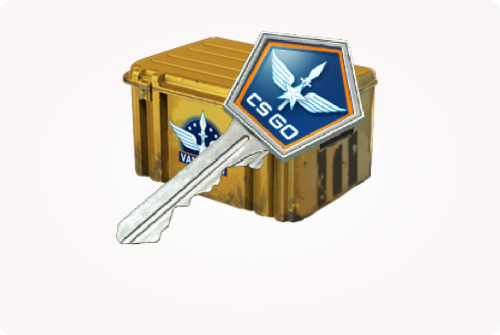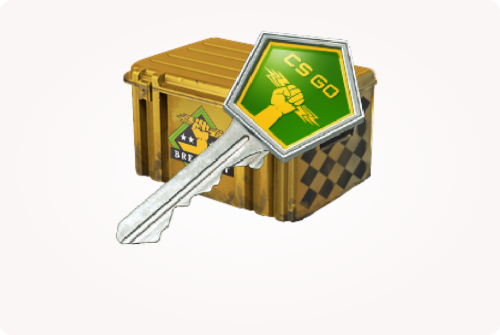The Best CS2 Trade-Up Contract Guide: Strategies for Success
The Best CS2 Trade-Up Contract Guide: Strategies for Success
In Counter-Strike 2, acquiring rare weapon skins is a common objective among players. CS2 Trade-Up Contracts help players get desired skins by trading lower-value ones, using a strategic approach. This guide will help you make more money and get cool skins in CS2 Trade-Up Contracts.
Embarking on the journey of a CS2 alchemist is an adventure filled with various motivations:
- Personal Interests: Customizing skins for that special, personalized flair.
- Resource Optimization: Converting excess items from boxes into something more appealing.
- Profit Hunting: Securing high-value items without breaking the bank.
- Passionate Collecting: For the love of the game and its prized collectibles.
Fundamental Principles
- Souvenir items are off-limits for trade-up contracts.
- The hierarchy of item grades is as follows: Consumer, Industrial, Mil-Spec, Restricted, Classified, and Covert. You must not skip tiers in trade-ups.

- You can only combine items of the same type, like StatTrak™ with StatTrak™.
- Gloves and knives are beyond the reach of trade-up contracts.
- The concept of balanced exchange applies: High quality requires the relinquishment of a certain norm.
- Ultra-rare skins are typically not eligible for trade-ups, often residing as collector’s trophies.
How to Choose Materials for CS2 Trade-Up Contracts
- For newbies: Start with cheaper and more reliable collections like the Spectrum Case or CS20 Case. They are affordable and have low wear.
- Wear and Float Values: Pay attention to the wear level of the skins you’re using as materials. Aim for lower float values to increase the chances of getting a skin with a better wear level after the trade-up.
- Balanced Approach: If finding low-float skins proves challenging, consider a mix. Combine high-float Mil-Spec skins with low-float materials for the right wear level in your outcome.
Wear Value Calculation
- The resulting skin’s wear is an average of the input skins’ wear, with some element of chance involved.
Categorize wear levels as:
- Factory New (FN): 0.00 – 0.07
- Minimal Wear (MW): 0.07 – 0.15
- Field-Tested (FT): 0.15 – 0.38
- Well-Worn (WW): 0.38 – 0.44
- Battle-Scarred (BS): 0.44 – 1.00

Lower wear typically equates to higher value.
Acquiring Materials
- “Cost is profit”—timely purchases can mean significant savings. Platforms like the Steam Community Market or ecokey are good hunting grounds for low-wear, cost-effective materials.
Handy Tips
- Struggling to find low-float materials? Mix higher-float Mil-Spec grade items with lower-float ones for balance.
Post-Trade-Up Mindset
- In case of failure: Keep a level head. Reflect, learn, and don’t let emotions lead to rash decisions.
Step-By-Step Procedure
- Preparation: Amass 10 items of identical grade.
- Contract Selection: Access the “Trade-Up Contract” interface in CS2.
- Filling Out: Slot in the 10 items into the contract interface.
- Signing Off: Sign and verify the contract before submission.
- Anticipate the Result: Post-submission, the system procures an upgraded item.

After the Fact
- Check the new item’s condition and worth, then choose to sell, keep, or use it depending on market trends.
In Summary
The Best CS2 Trade-Up Contract Guide explains how trade-ups can enhance your CS2 inventory. However, they involve a delicate balance between risk and reward.
Trade-ups can be beneficial for improving your inventory in CS2. Carefully considering the risks and rewards involved in trade-ups is important. Remember, no alchemical formula guarantees success—each contract is a fresh roll of the dice. Good luck, and may your efforts transmute into the golden gear you seek in the realm of CS2!






















